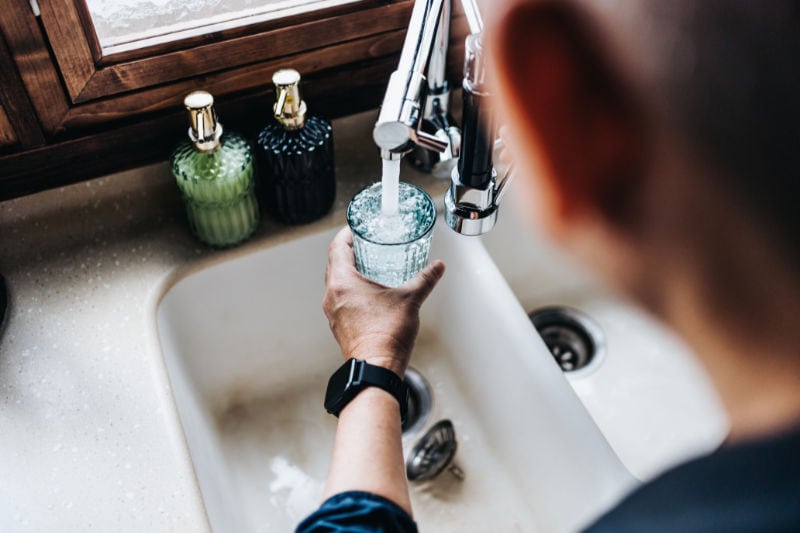If you live in the mid-Atlantic region, you may know there’s been issues with the drinking water over the last few years.
In 2018 at least four military bases in the Maryland area reported high levels of carcinogens in the groundwater, affecting Annapolis, the Chesapeake Bay region, Fort Meade, and White Oak.
That same report identifies 36 military bases across the country and an additional 564 off-base public and private drinking water systems around the country.
The findings?
They all tested above the EPA LHA level – that’s the Lifetime Health Advisory Level – for PFOS and PFOA. These chemicals are frequently used to repel water, to cut grease, or for their flame-retardant properties.
They can also be found in these common sources, according to the EPA:
- Commercial household products – This includes water-repellent fabrics, nonstick products, polishes, waxes, paints, and cleaning products.
- Living organisms – From fish and animals to humans, PFAS have the ability to build up and persist over time.
- Drinking water – More regions of the country are finding plastics in drinking water on an on-going basis.
So how do they end up in the water we drink?
How Microplastics Contaminate Local Drinking Water
With these public and private drinking water systems showing high levels of contaminants, that naturally raises concerns about our health.
These so-called forever chemicals, found in the firefighting foams used by the Department of Defense, become part of surface run-off and leach into the ground. Once these are in the environment, the problem gets even more serious.
Beyond our drinking water, it can contaminate the shellfish and seafood that make the mid-Atlantic what it is. Crabs, oysters, rockfish, and more can be contaminated, too, making their consumption a health concern.
What Makes Microplastics So Dangerous
Unfortunately, there isn’t a lot of good news about microplastics like PFOS and PFOA.
Exposure to these Per and Poly Fluoroalkyl Substances can contribute to liver damage, kidney disease, and testicular cancer. What’s more, it can also lead to a number of pre-and-postnatal complications, including contaminated breast milk and even miscarriages.
Their effects in the oceans have been studied and the effects are detrimental to organisms all along the food chain – and that includes us.
What You Can Do About Plastics In Drinking Water
Though the EPA has released recommendations about PFOS and PFOA groundwater concerns, there is nothing federally enforced. Currently, they suggest a goal of 70 PPT (parts per trillion) for PFOA and PFOS combined.
Certain states have their own standards. In New Jersey, for example, the state has set limits of 13 PPT for PFOS and 14 PPT for PFOA. In Maryland, there is a debate on whether to ban them or not but still no conclusions.
While it would be a big win to have the state government on board, sometimes we can’t wait that long.
Fortunately, there are solutions available now.
At Mid-Atlantic Water, we offer state-of-the-art high-quality residential and commercial water filtration systems.
With the right water filtration system, you can remove the plastics from your drinking water. Keep your family safe, and call one of our technicians today.
So whether you are concerned about your drinking water, your bathroom, or your laundry, we have you covered.

